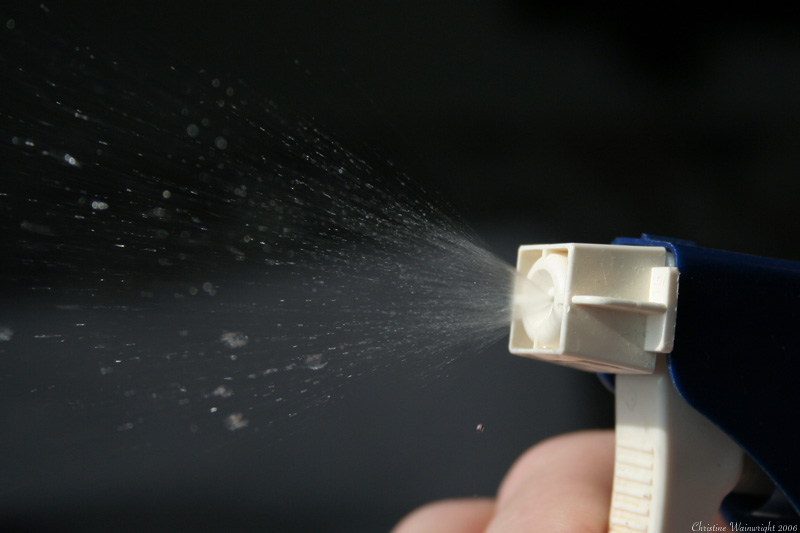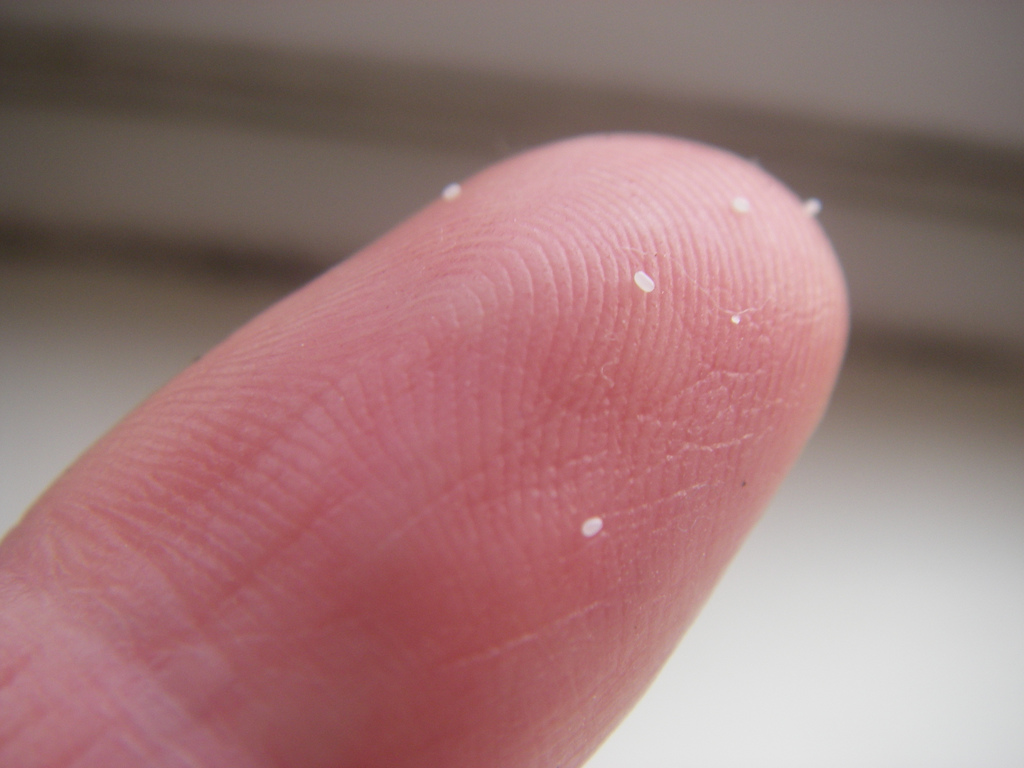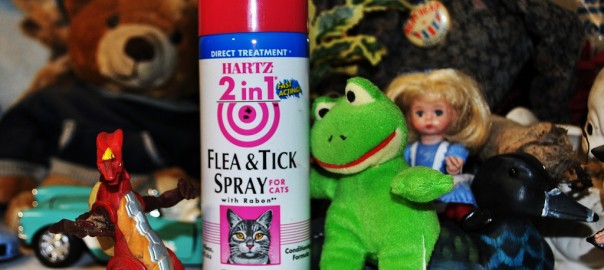Further Your Fight Against Fleas
In our last few posts, we covered a few facts that you probably didn’t know about fleas. This information included facts about how they live, why they are so difficult to get rid of, and the way that they reproduce. Today we will cover the flea infestation and treatment cycle that has been created as a result of pesticides.
Infestation Cycle
Fleas have a lifecycle of about 90 days, although some live longer and some shorter lives depending on the exact time of year, species, and availability of sustenance.
As we noted in a previous post, fleas can hibernate if they do not find enough sustenance, and when they do, they can live for a year or longer in the suspended state.
During this time, it is practically impossible to kill them.
One reason people get recurring infestations, even after treating heavily with heavy pesticides is because of hibernating fleas they didn’t know existed.

Spray Bottle by CDW9
Human Intervention
The problem is that people tend treat only what they see, and then stop treating when they don’t see fleas anymore, or when they stop getting fleabites. This eventually causes a treatment cycle to begin which ultimately renders the fleas immune to treatments:
- Fleas infest the home
- The homeowner uses a treatment to get rid of them
- The fleas eventually adapt and overcome the treatment, and re-infest the home
- The homeowner uses stronger treatments
- The fleas once again adapt, and overcome the stronger treatment to re-infest
No one ever counted on the cycle that flea treatments created, and now the kill – infest – adapt – kill cycle is one reason fleas are so darned difficult to get rid of, and the reason they keep coming back, just like cockroaches do.
The flea lifecycle-treatment cycle is one reason that extreme measures are required in order to fight flea infestations and bites.
This is probably the worst thing you can do.
Because fleas are so difficult to kill when hibernating, it is highly likely that you didn’t kill all of the fleas in your home – even after fumigating with bombs and everything else you can throw at them.

Flea eggs by Denni Schnapp
The only way to prevent re-infestation from hibernating fleas or from newly hatching eggs is to continue treatment in cycles. If you don’t treat in cycles, or treat for long enough to kill the hibernating fleas and eggs as they hatch, the fleas will continue infesting no matter what you do.
You should start treatment before you see fleas again, because if you see a flea, it is likely that it has already reproduced and that there are more fleas and eggs you cannot see.

